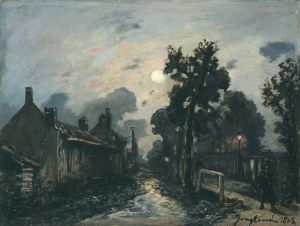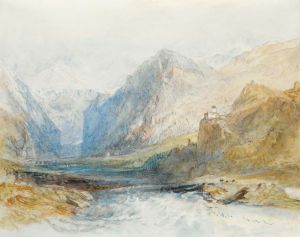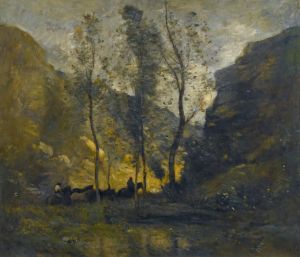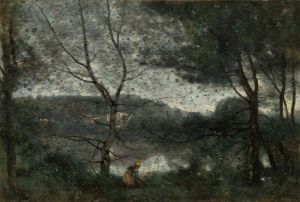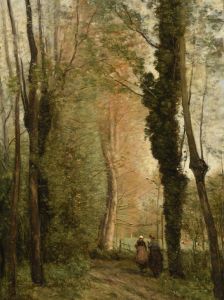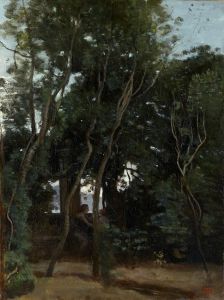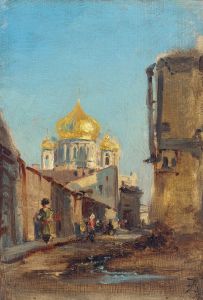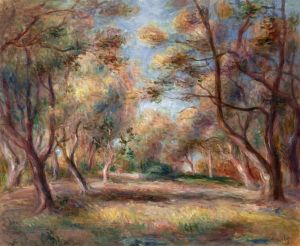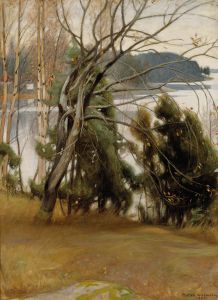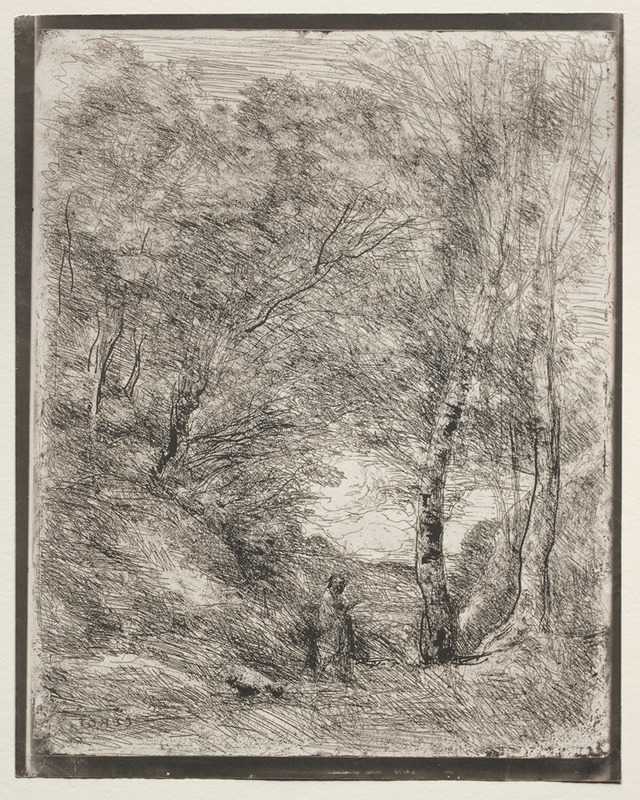
The Gardens of Horace
A hand-painted replica of Jean-Baptiste-Camille Corot’s masterpiece The Gardens of Horace, meticulously crafted by professional artists to capture the true essence of the original. Each piece is created with museum-quality canvas and rare mineral pigments, carefully painted by experienced artists with delicate brushstrokes and rich, layered colors to perfectly recreate the texture of the original artwork. Unlike machine-printed reproductions, this hand-painted version brings the painting to life, infused with the artist’s emotions and skill in every stroke. Whether for personal collection or home decoration, it instantly elevates the artistic atmosphere of any space.
Jean-Baptiste-Camille Corot was a pivotal figure in landscape painting during the 19th century, known for his ability to capture the essence of nature with a poetic sensibility. One of his works, "The Gardens of Horace," exemplifies his mastery in blending natural scenery with a sense of tranquility and timelessness. Although specific details about this particular painting are scarce, Corot's broader body of work provides context for understanding its significance.
Corot was born in Paris in 1796 and began his artistic career relatively late, at the age of 26. He was initially influenced by the Neoclassical style, but his travels to Italy between 1825 and 1828 had a profound impact on his approach to painting. The Italian landscape, with its unique light and atmosphere, inspired Corot to develop a more naturalistic style. This experience laid the groundwork for his future works, including "The Gardens of Horace."
Corot's paintings often depict serene landscapes, characterized by soft brushwork and a harmonious palette. He was a precursor to the Impressionists, emphasizing the effects of light and atmosphere over precise detail. His ability to convey mood and emotion through landscape was a defining feature of his work. "The Gardens of Horace" likely reflects these qualities, showcasing Corot's skill in capturing the subtle interplay of light and shadow.
Throughout his career, Corot was known for his plein air painting technique, which involved working outdoors to directly observe and capture the natural environment. This approach allowed him to create works that were both realistic and imbued with a sense of immediacy. While "The Gardens of Horace" may not have been painted entirely en plein air, it would have been informed by Corot's extensive studies and sketches made in nature.
Corot's influence extended beyond his own work, impacting the development of landscape painting in France and beyond. He was a mentor to many younger artists, including members of the Barbizon School, who sought to break away from the formal constraints of academic painting. His emphasis on capturing the transient effects of light and atmosphere paved the way for the Impressionists, who would further explore these themes in their work.
While specific details about "The Gardens of Horace" are limited, it can be appreciated within the broader context of Corot's oeuvre. His ability to evoke a sense of peace and reflection through landscape painting remains a testament to his skill and vision as an artist. Corot's legacy is evident in the continued appreciation of his work, which bridges the gap between traditional landscape painting and the innovations of modern art.
In summary, "The Gardens of Horace" by Jean-Baptiste-Camille Corot is a reflection of the artist's mastery in capturing the beauty and tranquility of nature. Although detailed information about this specific painting is not readily available, it can be understood as part of Corot's broader contribution to the evolution of landscape painting in the 19th century. His work continues to be celebrated for its poetic quality and its influence on subsequent generations of artists.





